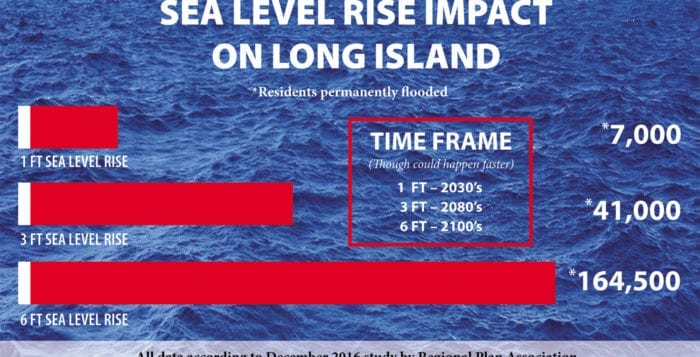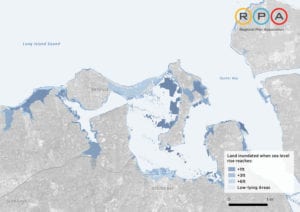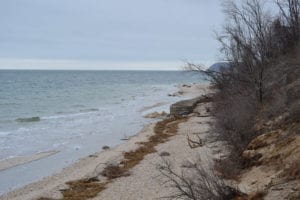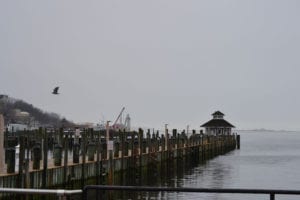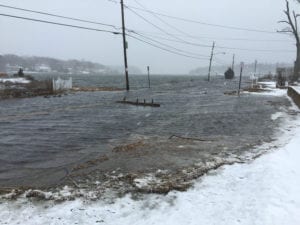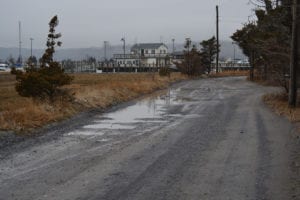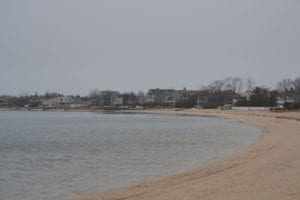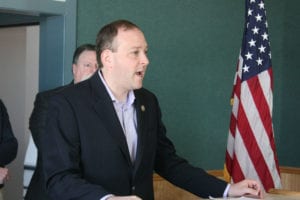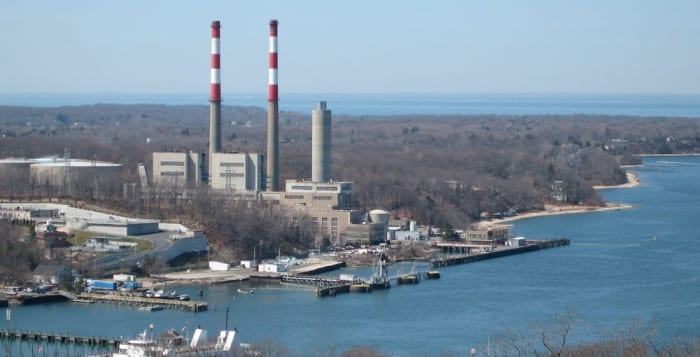As hundreds packed the auditoriums of Shoreham-Wading River and Miller Place high schools the same sentiment reverberated off the walls — there’s not only a want, but a need for a safe place for children to ride their bikes.
After the deaths of two local children, the desire for the Rails to Trails project to push forward was prevalent among the Port Jefferson Station, Mount Sinai, Miller Place, Sound Beach, Rocky Point, Shoreham and Wading River residents who live along the proposed 10-mile trail.
“I don’t know if this trail is going to move forward 100 percent, but so far it’s picking up momentum,” Suffolk County Legislator Sarah Anker (D-Mount Sinai) said to the March 29 group in Shoreham. “We need the ability to ride bikes in a safe place, the ability to take a walk or push a baby carriage in a safe place.”

The legislator, who is propelling the project, brought members the Suffolk County Department of Works and engineering company NV5 to her first general meeting to gather public input and answer questions.
“I need to hear what you want, because I’m here to make it happen,” Anker said.
Steve Normandy, project manager with NV5, discussed the flat surface and location being conducive to a trail.
“There’s over 1,600 rail trails nationwide over 20,000 miles,” he said. “They’re good for biking, hiking, walking, safe travel to school, and studies have shown businesses thrive and home values increase, it improves air quality and enhances sense of community.”
On March 28, the county Legislature unanimously approved a negative New York State Environmental Quality Review Act determination for the proposed 10-foot-wide trail, which would be opened from dawn to dusk. The adoption of negative SEQRA determination means that there is no anticipated environmental impact for the project.
The path will have paver markings and mile-markers for county miles, as well as emergency services to locate those in need. It will also meet Americans with Disabilities Act slope requirements. The design report was submitted to the state Department of Transportation in February. If design approval is received this summer, final design plans will be prepared in the next year in the hopes of received final design plan approval from the NYSDOT in winter 2018.
Currently, the plan is that construction will begin in spring 2019, for a fall 2020 finish.
“We’ve met with quite a few partners and discussed a bunch of different aspects of maintenance, but the biggest issue we anticipate is really going to be cutting the grass,” said county Department of Public Works chief engineer, Bill Hillman. “We’ll be asking the community for help, to pitch in with a lot of the different maintenance aspects.”
The hope is that a not-for-profit like the Friends of Greenway, which maintains the Setauket to Port Jefferson Greenway Trail, will form to beautify and preserve the attraction.
Kaitlin Brown, who moved to Wading River five years ago, said she entered the area because she loved the trees.

“I want to pledge my support because I think it’s a wonderful component that our community doesn’t have, and it needs,” she said, adding she is willing to help mow and maintain the piece of property, which is owned by LIPA. “I found my house on the map, and it looks like one day when I have kids, they’ll be able to get from our house through back roads to the trail, and then take the trail to the high school.”
Judy Black, who has lived in the area for 47 years, said she’s been hoping the trail would become a reality from day one, back in 2001 before plans derailed, and again in 2011 when Anker tried to revive the idea.
“I so hope we can come together and make this happen,” she said. “With a son that rode his bicycle all over the place I was always worried about him.”
She explained how she once saw a cyclist fall on North Country Road trying to maneuver around a construction sign. She was in need of medical attention, and when examiners arrived, they asked her why she was riding along a major road.
“But where else do you ride your bike?” Black said. “We need a safe place to ride, to walk with friends, to expand our community connection, and I’m so for it.”
The ideas weren’t without opposition.
There were some like 10-year Rocky Point resident Mary Anne Gladysz, who said she’s felt like she’s been kept in the dark.
“I’m not in favor of this at all,” she said, although adding she would probably be in favor of Rails to Trials if she didn’t live near it.“This is in my backyard 24/7; you come for an hour-and-a-half walk and then you leave. I’m here all the time.”
Some of her concerns included if the trail will take property from homeowners, if cesspools will be affected and what issues her dogs barking toward the trail could bring.
Hillman and Anker reassured her that she will not be losing property, and cesspools will not be affected. As for dogs barking and noise ordinances, Hillman said it’s an issue Gladysz would have to take up with Brookhaven Town.
The trial currently doesn’t have any guardrails, fences, beautification elements, toilets or lights budgeted into the $8 million plan.

Anker said she is working on a plan to protect privacy along the path, and said Eagle and Girl Scouts typically do beautification projects, which could include adding benches and other useful things along the trail.
Others still worried about safety and other crime-related issues, were soothed by Sgt. Walter Langdon of the Suffolk County Police Department, and 7th Precinct COPE officer Mike Casper, who said there has been “little to no crime” at Setauket-Port Jefferson Greenway Trail, but added that there will still be a police presence along the path.
By the end of the first meeting, those like Rocky Point resident Cory Fitzgerald were heard loudest, and supported by other community members for their opinion of the trail.
Fitzgerald has daughters aged 8 and 6, and both love riding their bikes.
“We take trips to Cape Cod every summer and the rail trail up in Cape Cod is phenomenal,” he said. “My girls ride their bikes more in that one week than during the entire year in Rocky Point. The roads in Rocky Point are very narrow and hilly, so I want to give my girls that opportunity to ride whenever they want. We’ve been waiting for so long — I’ve been told this was coming and I’ve been so excited and the girls really want this to happen. It’s going to be great for our community.”
Residents in favor of the trail, which some like Wading River resident Bruce Kagan are naming the “Tesla Trail,” because it will lead to the Tesla Science Center at Wardenclyffe in Shoreham, were unanimous on the biggest topic of discussion: kids.
“This is the most deadly county for injuries and deaths for pedestrians and cyclists,” Kagan said. “There’s no place for our kids. Let us do this for our children and our children’s children.”















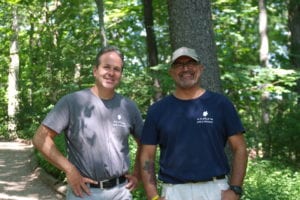


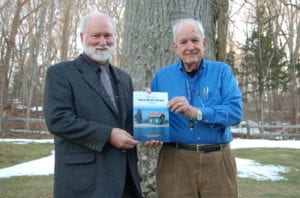
 Chapter 3, “The Living Harbor,” begins “The splendor of the harbor is largely identified with its living marine plants and animals.” It goes on to describe the huge variety of plants and animals that inhabit the area. In many cases the same is true for all the pocket bays in our area including Mount Sinai and Setauket.
Chapter 3, “The Living Harbor,” begins “The splendor of the harbor is largely identified with its living marine plants and animals.” It goes on to describe the huge variety of plants and animals that inhabit the area. In many cases the same is true for all the pocket bays in our area including Mount Sinai and Setauket.